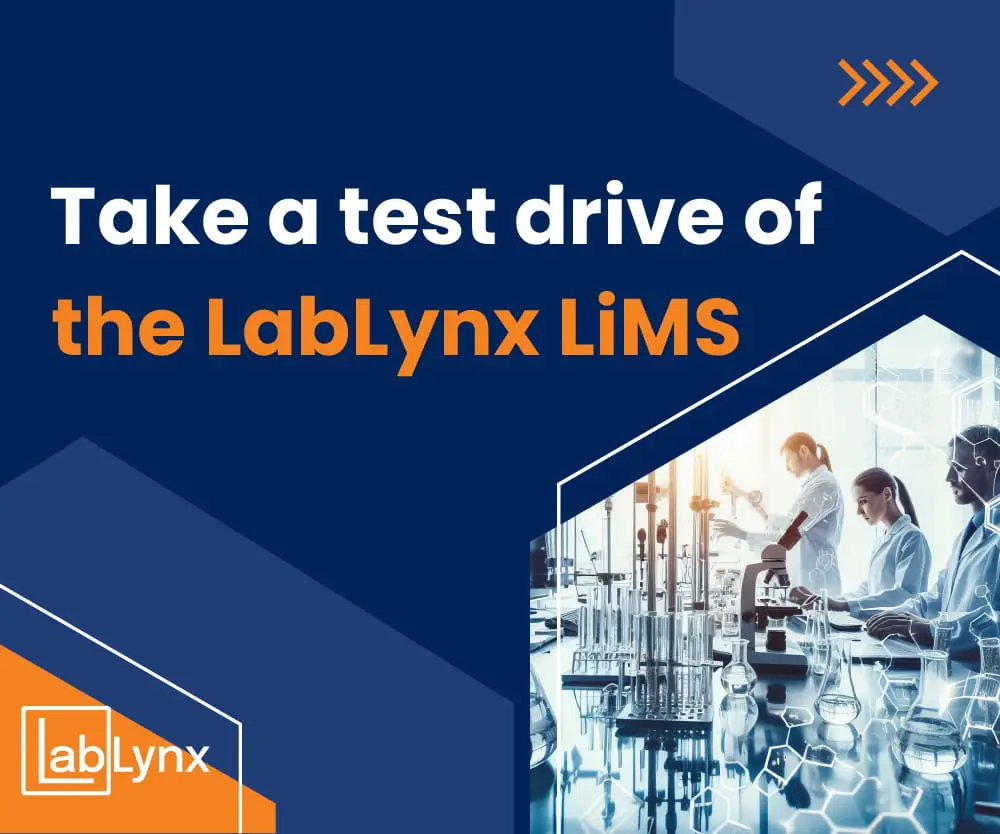LIMS for Crime Labs: Enhancing Efficiency, Accuracy, and Chain of Custody
In the high-stakes world of forensic science, accuracy, efficiency, and maintaining a secure chain of custody are paramount. Laboratory Information Management Systems (LIMS) have emerged as indispensable tools for crime labs, transforming how evidence is tracked, analyzed, and reported. This article explores the key benefits of LIMS in forensic investigations and how they elevate the standards of forensic science.
The Crucial Role of LIMS in Forensic Science
A LIMS is a sophisticated software solution designed to manage the entire lifecycle of evidence within a crime lab. From the moment evidence is collected at a crime scene to the final analysis and reporting, LIMS ensures a seamless and well-documented process.
Key Functions of LIMS in Crime Labs
-
Sample Tracking and Chain of Custody: LIMS creates a digital trail of every piece of evidence, recording its location, handling, and analysis. This ensures the integrity of evidence and supports legal proceedings.
-
Case Management: LIMS helps organize cases, linking evidence to specific investigations, managing deadlines, and assigning tasks to analysts. This streamlines workflow and enhances collaboration between teams.
-
Instrument Integration: LIMS seamlessly integrates with laboratory instruments, automatically capturing and storing data. This eliminates manual data entry, reduces errors, and accelerates analysis.
-
Data Management and Analysis: LIMS provides a centralized repository for all case-related data, making it easy to search, retrieve, and analyze information. This enables faster investigations and informed decision-making.
-
Reporting: LIMS generates comprehensive reports that summarize case findings, including analysis results, expert opinions, and supporting documentation. These reports are crucial for legal proceedings and ensuring transparency.
Benefits of LIMS for Crime Labs
Implementing a LIMS in a crime lab offers numerous benefits, including:
- Improved Efficiency: LIMS automates repetitive tasks, eliminates manual data entry, and streamlines workflows, allowing analysts to focus on their core expertise.
- Enhanced Accuracy: By reducing manual intervention, LIMS minimizes the risk of human error, ensuring the accuracy and reliability of forensic analysis.
- Stronger Chain of Custody: LIMS provides a comprehensive audit trail, documenting every interaction with evidence, which is crucial for maintaining the integrity of investigations.
- Increased Collaboration: LIMS facilitates communication and collaboration between different teams within the lab, fostering a more efficient and effective working environment.
- Enhanced Data Analysis: LIMS enables powerful data analysis, allowing analysts to identify patterns, correlations, and trends that may not be apparent through manual review.
- Regulatory Compliance: LIMS helps crime labs adhere to stringent regulatory requirements and quality standards, ensuring the reliability and admissibility of evidence in court.
Choosing the Right LIMS for Your Crime Lab
Selecting the right LIMS is a critical decision for any crime lab. Factors to consider include:
- Functionality: Ensure the LIMS offers the features and capabilities that align with your lab’s specific needs, such as DNA analysis, toxicology, ballistics, or trace evidence.
- Scalability: Choose a LIMS that can grow with your lab’s evolving needs and handle increasing volumes of evidence.
- Integration: Verify that the LIMS can seamlessly integrate with your existing laboratory instruments and software systems.
- Security: Prioritize a LIMS with robust security features to protect sensitive case data from unauthorized access or breaches.
- Ease of Use: Select a LIMS with an intuitive interface and user-friendly design to ensure a smooth transition and adoption by your staff.
The Future of LIMS in Forensic Science
The role of LIMS in forensic science is continually expanding. As technology advances, we can expect to see LIMS incorporating artificial intelligence (AI) and machine learning (ML) capabilities to further enhance data analysis, pattern recognition, and predictive modeling. These advancements will empower crime labs to solve complex cases more efficiently and accurately, ultimately contributing to a safer and more just society.

